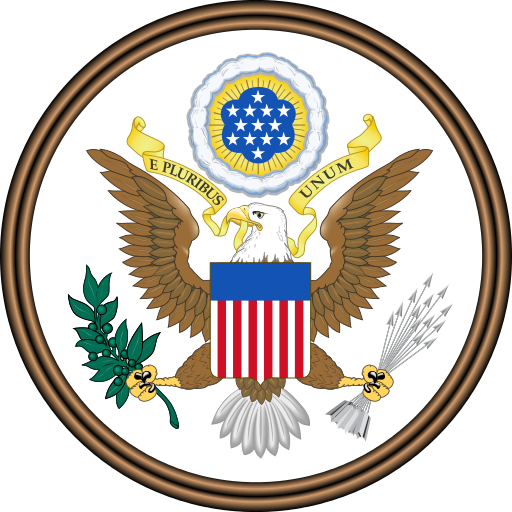
On the other hand, the party is below Democrats in national approval rating. In terms of legislation, it has largely behaved as the “Party of No” its critics deride it as. Perhaps most shockingly, largely due to its present deep internal divisions, the Republican Party has articulated several contradictory and rather arbitrary economic strategies, and no creative new foreign policy strategies.
This shortage of intellectual capital does not bode well for a party with such advantageous opportunities as the transition out of the “Old Blue Model Fordist” economy, the rapidly rising presence of socially conservative Hispanics in the Southwest, and the gradual commercialization of space. In each of these areas (and many others), the Republican Party could adapt its principles and policies to take advantage of present trends to better America’s future prospects; yet, in the party’s present state, it seems ever less likely that necessary reformers and insurgents will have a voice.
Currently, the GOP is internally divided, with each of its factions competing for the mantle of the legacy of Ronald Reagan. In truth, none of the various factions or leaders resembles the Gipper’s legacy either in policy or charisma. But even if any of them followed Reagan’s policy and philosophy, they could not save the Republican Party – different times call for different measures and different ways of thinking. Principles may remain the same, but policies never should.
Generally, there are two main camps struggling for control of the GOP, with innumerable interest groups and factions influencing their trajectories. In a nutshell, there are the main-line “establishment” Republicans, including John Boehner, John McCain, Chris Christie, and others occupying higher positions in Washington and elsewhere, while competing against them are the insurgent Tea Party-affiliated Republicans, including Rand Paul, Paul Ryan, and Marco Rubio, as well as many other relative newcomers to the political scene. The establishment Republicans tend to stick to the classic party line of deregulation, heavy-handed foreign policy, and moderate social conservatism; the Tea Party and the candidates it endorses tend to focus on fiscal responsibility and a cutback in the size of government. Thus, establishment Republicans are far more conciliatory towards Democrats than their Tea Party counterparts, who often brand themselves as the “true” conservatives battling a decadent national GOP establishment. Meanwhile, various subgroups, including religious social conservatives, foreign policy isolationists, and large corporate interests play prominent roles in the policymaking and discourse of the GOP, though none hold power themselves.

The core principles of conservative realism are the same core principles any would-be powerful nation-state must follow: a commitment to internal order and unity, effective external security, and sustainable national prosperity. These are the core elements of power – the meat of politics. The ligaments holding them together, especially a healthy civil society and social trust, are highly valued and praised by conservative realists, but are not the core of conservative realist philosophy. Meanwhile, conservative realists tend to have a particular view of how the three core objectives are to be attained and preserved: a strong and unitary government (as opposed to a confederation or an extreme decentralization) in order to maintain unity and order; a prudent, pragmatic realism based on the balance of power in foreign policy to secure an advantageous security situation; and effective government regulation, and investment in infrastructure and technology, to most efficiently and lucratively manage national resources. Though most political thinkers would not oppose the three primary objectives of conservative realism, many would oppose the means by which conservative realists seek to attain them.


There has been ceaseless talk about governmental and party reform in American politics. Most proposals have been doomed from the start, as they either long for the improbable (the redemptive electoral success of a moderate Third Party) to the downright impossible (the elimination of money from politics). Some pragmatic solutions have been offered, but none promise more than baby steps to remedy small aspects of America’s political dysfunction.
It is time for a practical and proven solution to be considered. The only executable events that have ever shifted the course of American politics have been party realignments. (Of course wars, elections, and economic crises have done their share, but for the most part, those happen on their own, impervious to human agency.) Why not create an insurgent force within a conservative party and strive to influence policy and politics from there, as the Tea Party movement has done? The difference between the Tea Party movement and the conservative realist voice, however, is that the Tea Party enjoys widespread grassroots support, while conservative realists think in line with many in the intelligence, diplomatic, and military establishments. Such populist support as the Tea Party enjoys would be crucial for the crafting of a national strategy based on alternative principles of politics; support from the foreign policy establishment, the most avowedly conservative realist faction in government today, is an essential starting point.
And ultimately, though Democrats would assuredly be involved, the GOP is at present the party most amenable to the proposals conservative realism would demand. Change ought to start from within.
Unfortunately, no major voices in the Republican Party today voice the aforementioned philosophy. Perhaps with time, as stress builds up on the system and around the world, new voices will emerge, and the true conservative realism will again shape our nation’s destiny.
The views expressed by the author do not necessarily reflect those of the Glimpse from the Globe staff and editorial board.









